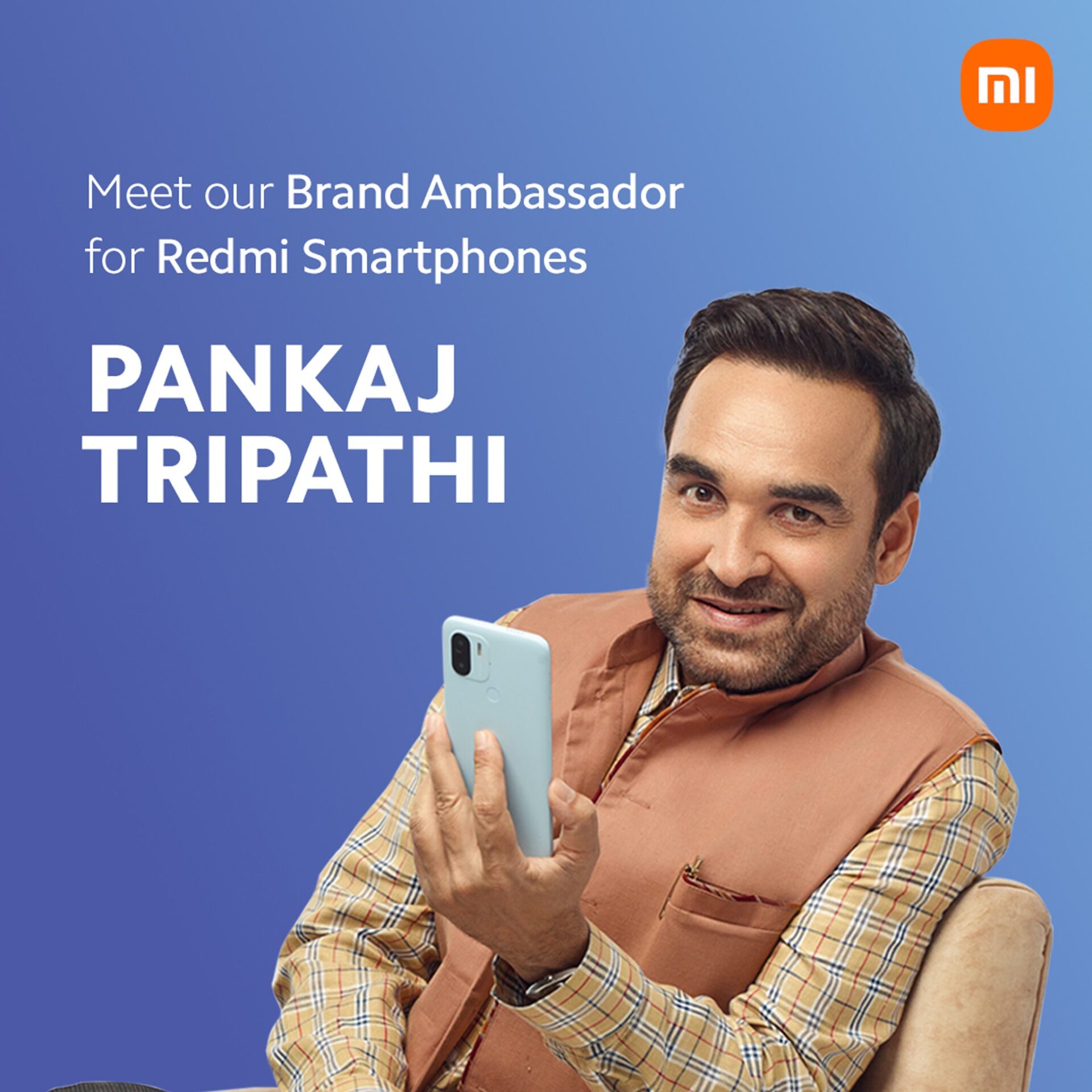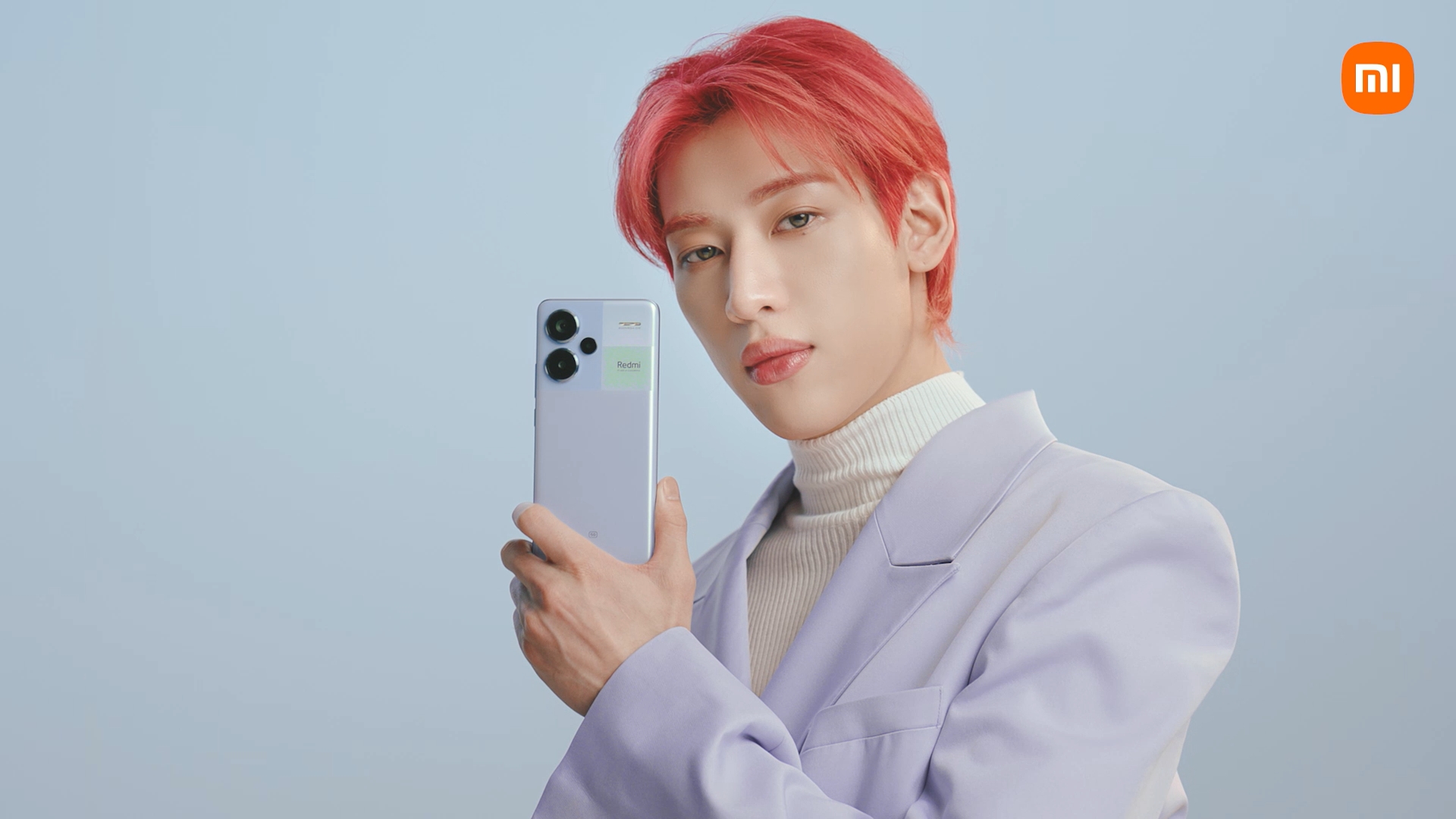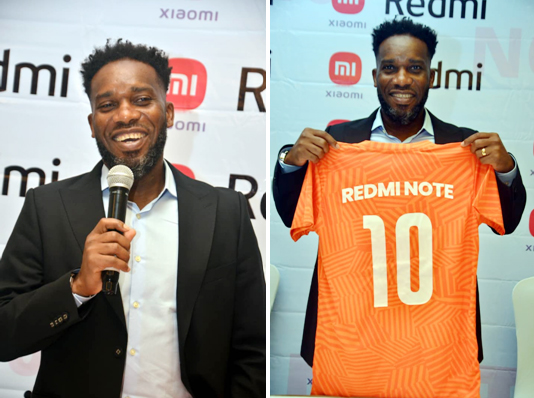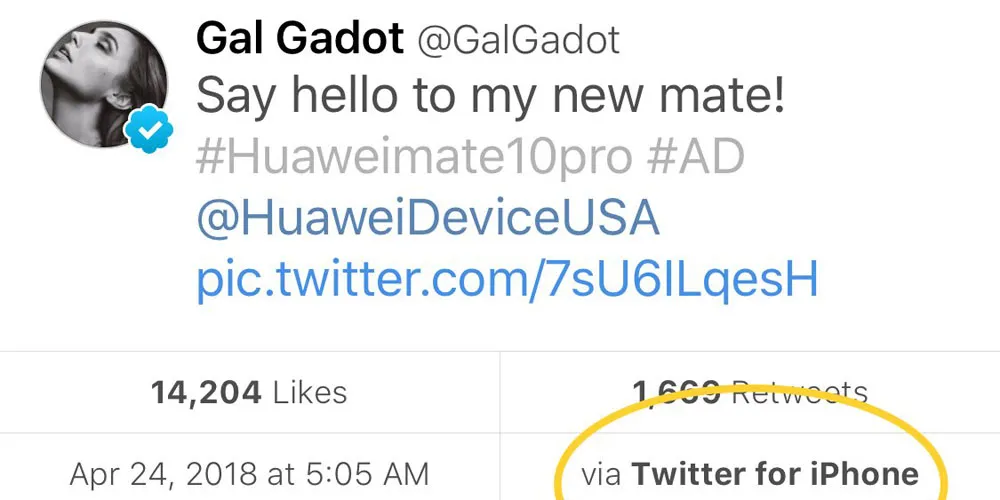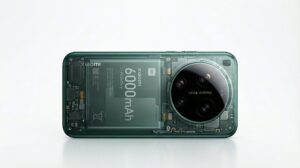If people search for “Which celebrities use Xiaomi instead of iPhones?”, it may seem like simple curiosity, but this question actually represents a much deeper issue at the technological-cultural nexus: that of authenticity vs. sponsorship. The phrase “instead of iPhone” reveals the dominance long enjoyed by Apple within the celebrity ecosystem. From red carpet events to influencer selfies, the iPhone has served as a digital status symbol, praised for design, simplicity, and prestige.
However, some global celebrities have started to embrace Xiaomi through official partnerships or a personal preference, redefining what modern tech identity means.
Xiaomi’s Global Celebrity Strategy
Unlike the minimalist marketing of Apple, Xiaomi’s use of celebrity ambassadors is less about luxury and more about cultural connection. The brand makes sure to adopt a regional influencer model in employing famous figures in targeted markets for building trust and relatability.
India: Bollywood at the Heart of Xiaomi’s Success
In India, the company partners with major film icons. Katrina Kaif became Xiaomi India’s global ambassador in 2024, representing the brand’s smartphones, TVs, and tablets. Her massive popularity across demographics reinforces Xiaomi’s family-friendly and accessible image.
Meanwhile, Pankaj Tripathi, with his humble character on screen, advocates for Redmi smartphones as a guarantee of reliability and value. Disha Patani is a fitness icon that represents Redmi Buds and wearables, connecting the brand with young, active consumers.
Southeast Asia: The Power of K-Pop
For example, in markets such as Thailand and Malaysia, Xiaomi uses BamBam from GOT7, whose “Redmi Note BamBam Edition” became a youth phenomenon. Similar to Samsung’s partnerships with BTS, but in line with Xiaomi’s mission of affordability and accessibility: premium appeal at an approachable price.
Local Heroes: Nigeria and the Philippines
In the Philippines, actress Gabbi Garcia speaks to Xiaomi phones’ camera and battery performance for content creators. In Nigeria, football legend Jay-Jay Okocha fronted the Redmi Note 10 campaign, tying national pride to everyday technology.
This “glocal” strategy of a global brand with local emotion has helped Xiaomi maintain its leadership across Asia and Africa, outperforming its competitors in cultural reach.
The Authenticity Crisis: When Ambassadors Still Use iPhones
But despite these powerful campaigns, an industry-wide authenticity challenge remains. Many celebrity ambassadors, from all Android brands, have been caught using iPhones.
Cases in point: Huawei’s Gal Gadot tweeting “from iPhone” and Xiaomi’s very own Su Bingtian, who posted on Weibo from an iPhone 14 after his ambassador contract with the company had already expired. These incidents expose how deeply iOS is embedded in entertainment culture — where even Android endorsers often rely on Apple devices privately.
What is standing in Xiaomi’s way here is not product quality but perception. The iPhone is considered the “default creative tool” in the creative industries. For an Android brand, breaking that image requires cultural, not just technological, influence.
Who Really Chooses Android Over iPhone?
Beyond sponsorships, a few high-profile figures genuinely prefer Android for either functional or ideological reasons.
- Bill Gates uses the Samsung Galaxy Z Fold 4 for productivity.
- Mark Zuckerberg and Elon Musk have been seen using flagship Samsung devices.
- Henry Cavill and LeBron James are known Android users as well.
But none of these top-tier personalities are associated directly with Xiaomi. The reason is simple: Xiaomi is value-driven, rather than status-driven. Its mantra of “premium for everyone” makes it the phone of the people — but not yet the phone of Hollywood.
Still, as Xiaomi continues its premium evolution through devices such as the Xiaomi 15 Ultra to software ecosystems like HyperOS 3, the brand moves steadily toward closing that prestige gap. The rise of influencers who organically choose Xiaomi for its ecosystem, rather than due to its sponsorship deals, signals a long-term shift in perception.
It’s not about the devices, but about identity, authenticity, and cultural power that the question “Who uses Xiaomi instead of an iPhone?” conveys. While the iPhone has remained a celebrity luxury symbol, Xiaomi represents innovation for all, democratizing premium technology without the price tag. And as more users start valuing function and ecosystem over brand logos, that day is not very far when a Hollywood star proudly says, “I use Xiaomi.”


 Emir Bardakçı
Emir Bardakçı